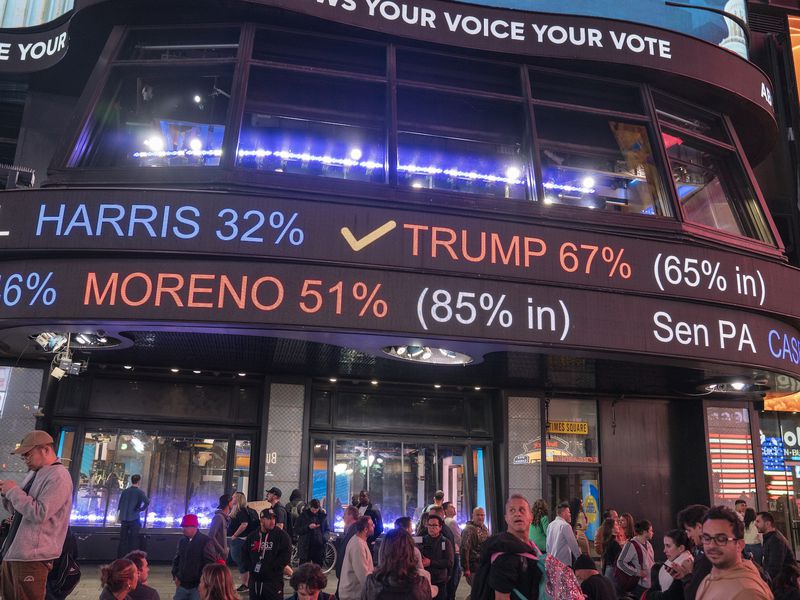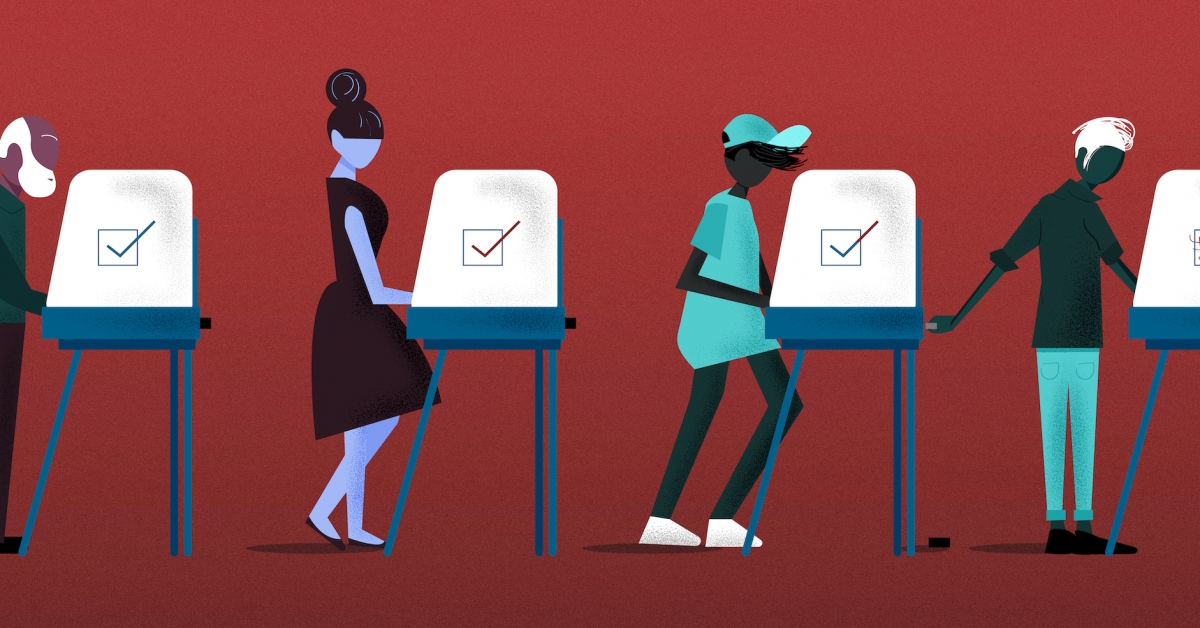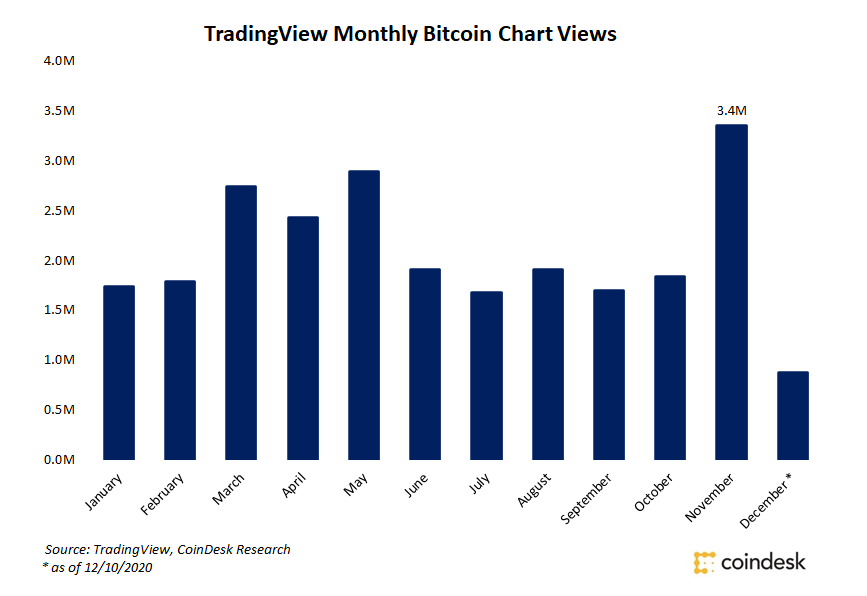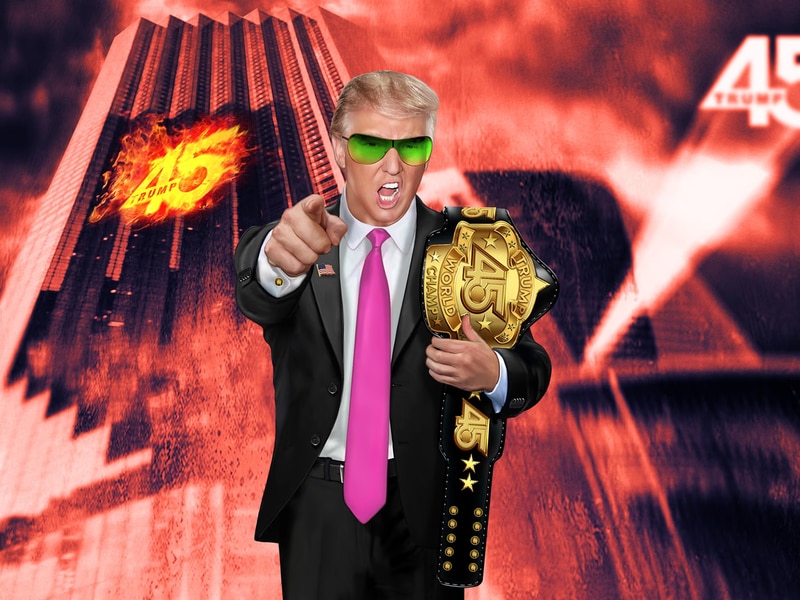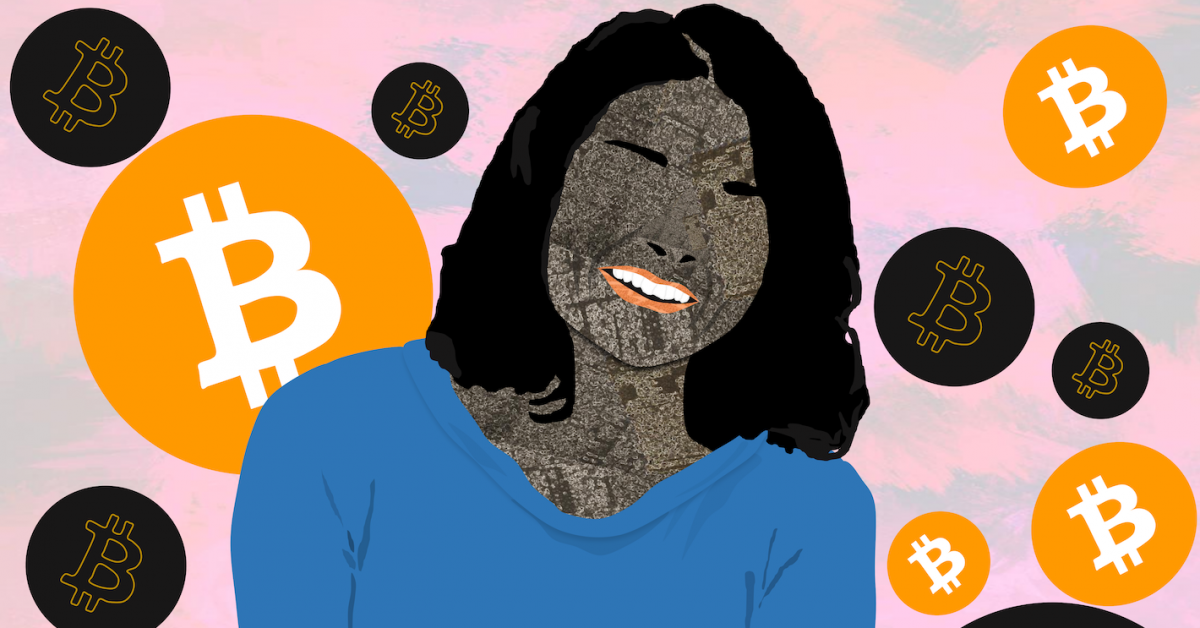Sam Bankman-Fried Faces Jail as DOJ Pushes for Incarceration
FTX founder Sam Bankman-Fried’s defense isn’t denying that he shared former Alameda Research CEO Caroline Ellison’s diary with the New York Times, and so he should be “detained pending trial,” the U.S. Department of Justice said again in a filing late Thursday.
The filing, the second from the DOJ and the third in the ongoing back-and-forth between the ex-FTX CEO’s attorneys and the prosecutors accusing him of massive financial fraud, presents the DOJ’s view that Bankman-Fried went far beyond making a “fair comment” in sharing the diary, which his team conceded he did both during a court hearing last Wednesday and in a filing earlier this week.
“The record here establishes that the defendant went beyond benignly exercising a constitutional right to speak to the press – he took covert steps intended to improperly discredit a trial witness and taint the jury pool,” the filing said.
The DOJ said in its first filing last Friday that Bankman-Fried’s conduct, which included his use of a virtual private network (VPN) to watch the Super Bowl (according to the defense), his reaching out to FTX.US General Counsel Ryne Miller and now his sharing of Ellison’s diary with the Times shows that he had “repeatedly … seek to corruptly influence witnesses,” an argument prosecutors reiterated in Thursday’s filing.
In their response to the first DOJ filing, Bankman-Fried’s attorneys said the government had been “mischaracterizing” the FTX founder’s actions to paint him in a negative light.
The former exchange CEO had merely sought to defend his reputation to the press, and did not initially reach out to Miller, the filing on Tuesday said.
In Thursday’s filing, the DOJ suggested that the defense team was itself mischaracterizing these actions.
According to the DOJ, Bankman-Fried had originally set up the Signal groups and set them to delete messages after a week.
Prosecutors also claimed that Bankman-Fried had helped create a “media atmosphere” that amplified Ellison’s prominence ahead of her acting as a witness.
The DOJ filing went so far as to say that Bankman-Fried may have himself let the New York Times know about Ellison’s diary prior to sharing those documents with the news outlet.
“What is clear – regardless of whether the defendant was the first source for stories regarding Ellison – is that the defendant, rather than deny his guilt as he correctly now says it is his right to do, shared materials with the press obviously designed to intimidate, harass, and embarrass someone he knows is slated to testify against him, and to provoke an emotional response in potential jurors and color a potential juror’s view of that witness,” the filing said.
The filing also contains a footnote commenting on the defense team’s repeated mentions of current FTX CEO John J. Ray III, who took over to navigate FTX’s bankruptcy.
“It is notable just how much of the defendant’s various letters focus on his interactions with or perceptions of John Ray, an individual who is not a witness in this case and whose communications have no relevance to any issue at stake here,” the filing said. “The defendant’s arguments should be seen for what they are: an attempt to deflect from his own conduct by pointing at another person whom the defendant apparently views in a negative light.”
Judge Lewis Kaplan, the Southern District of New York judge overseeing the case, may schedule another hearing to discuss the filings.
Kenneth White, a former federal prosecutor and a founding partner at Brown White & Osborn, previously told CoinDesk that the DOJ would have to convince the judge that Bankman-Fried is a danger to the community. Harassing or intimidating a witness would fall under a subset of that concern.
“If the DOJ could convince the judge that Bankman-Fried isn’t going to obey judicial orders, and he’s going to keep trying to harass and abuse his ex, retaliate against her for testifying, try to influence her to not testify, and so forth, then that would be a basis for the judge to decide that he’s going to jail,” White said.
Edited by Parikshit Mishra.

